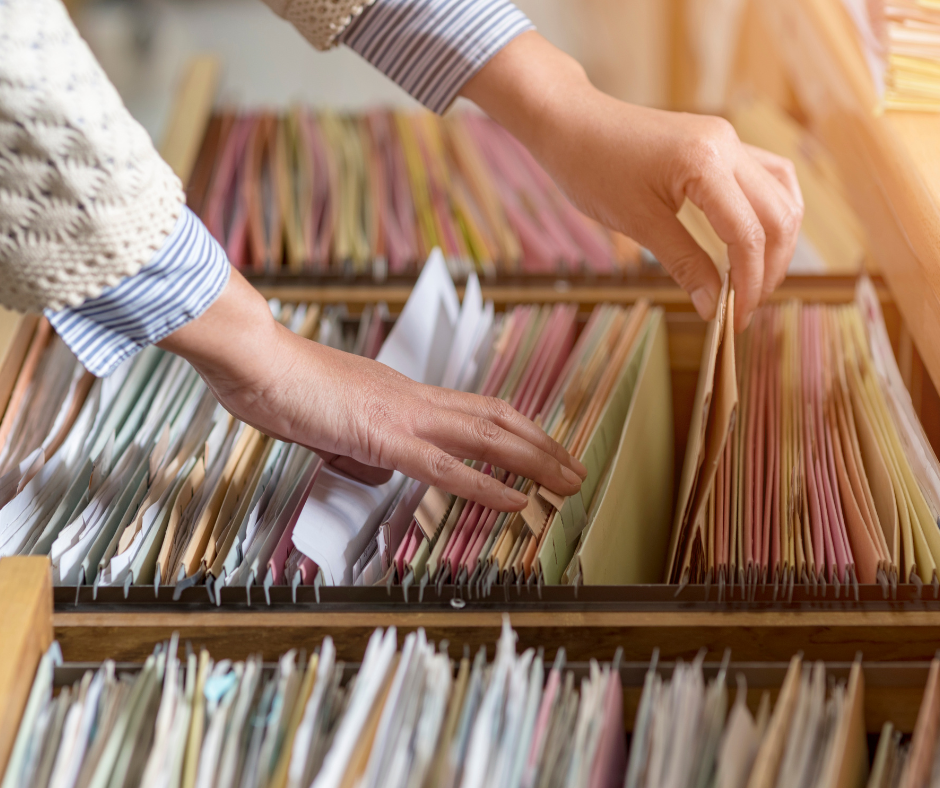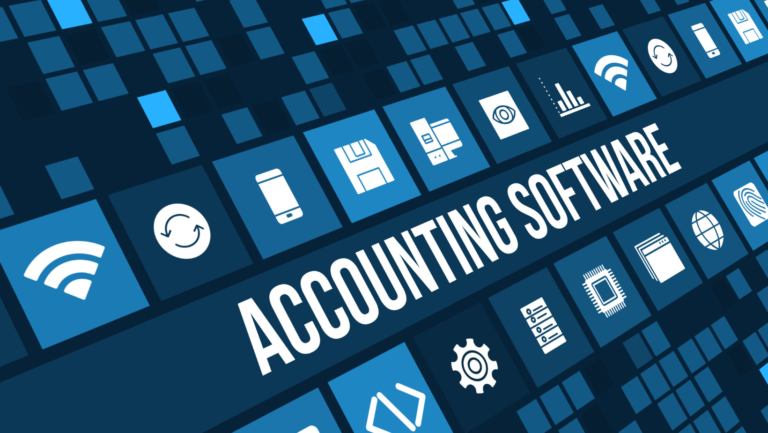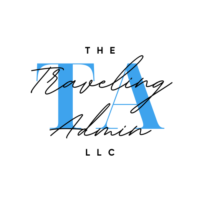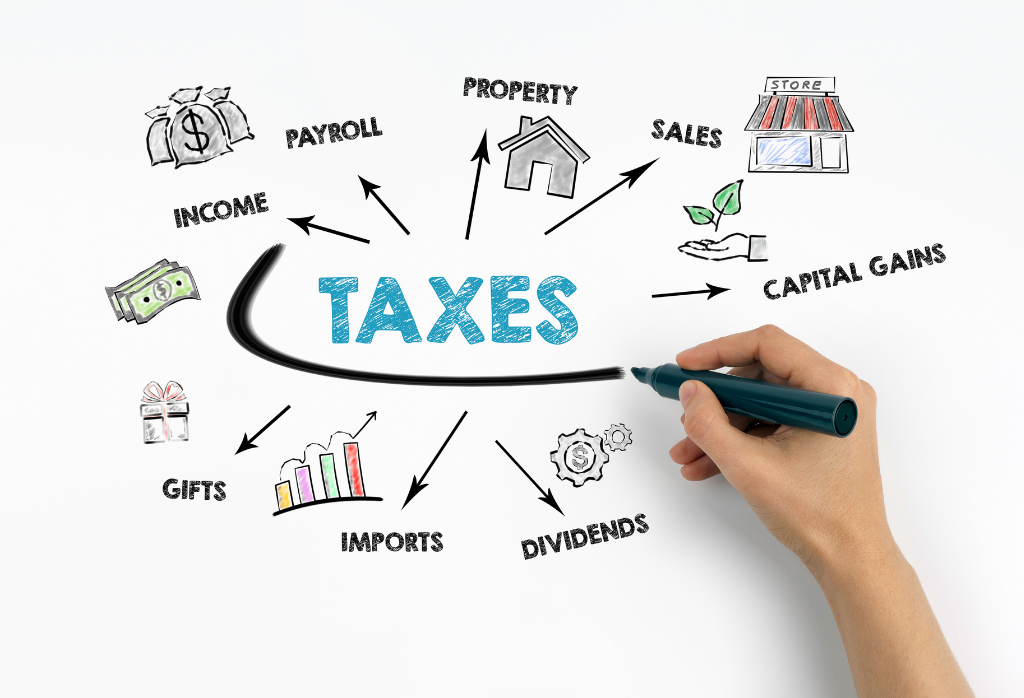We are well into the 4th quarter of 2022. If you haven’t started thinking about the coming tax season, you may want to plan a workday to familiarize yourself with some of the tax laws and deadlines headed your way. Time stops for no business or solo entrepreneur.
Did you know that all businesses except partnerships must file an annual income tax return?
The very first thing you need to do is locate tax information pertaining to your business structure. Luckily, the IRS has a guide to get you started. You can read more about which returns your business needs to file here.
For example, if you are a single-member LLC, which I suspect most of my readers are, you will file:
- Form 1040 or 1040- SR Schedule C, Profit or Loss from Business
- Form 1040 or 1040-SR Schedule E, Supplemental Income or Loss
- Form 1040 or 1040- SR Schedule F, Profit or Loss from Farming
Single-member LLCs are also subject to the tax on their net earnings from self-employment.
TIP: If your single-member LLC is owned by a corporation or partnership, your income and loss will be reflected on the owner’s federal tax return!

Let’s talk about gathering documents for a minute. I was once a new business and found myself searching for a simple list of needed documents to file my business taxes. One search led to another, then another, until I was so deep into the rabbit hole, I just closed my laptop from frustration. Why was it so hard to get a simple answer?
Well friends, today I invite you to look no further. This list isn’t all inclusive as there are a ton of documents and forms used in business for different reasons. All businesses do not have the exact same blueprint, hence the rabbit hole I found myself in. However, this a basic list that ALL businesses need to have when it’s time to file taxes.
1. Gross Receipts. These are the income you receive from your business. Some examples are deposit information, invoices, Forms 1099, and receipt books or receipts.
2. Purchases. These are the items you buy and resell to customers. This also includes any raw materials you use to make a product. All your documents should identify the payee, amount paid, proof of payment, the date incurred, and should show a description of the item(s). Examples of the documents you would need are canceled checks, or any document that reflects proof of payment (including electronic funds transferred), invoices, and credit card receipts and statements.
3. Expenses. These are the costs you incur (other than purchases) to operate your business. Just like with purchased, your documentation should identify the payee, amount paid, proof of payment, the date incurred, and should show a description of the item(s) or service(s). Examples of these documents would include canceled checks, or any document that reflects proof of payment (including electronic funds transferred), invoices, and credit card receipts and statements.
4. Travel, Transportation, Gift Expenses, and Entertainment. If you deduct any of these expenses, you MUST be able to prove certain elements of the expenses. For example:
- For travel you would need to show that it was necessary or required for you to be away from your permanent residence substantially longer than an ordinary workday AND you need to sleep or rest to meet the demands of your work while away from your permanent residence. For instance, your plane, bus, or train ticket would be deductible as long as you didn’t use a frequent traveler program to purchase the tickets. By car, you can deduct the cost between your home and the business destination.
- For transportation by car, you can deduct the cost of operating and maintaining your car during the entire trip. This would include deducting the standard mileage rate and business-related tolls and parking. If you rent a car, you can ONLY deduct the business-related portion of the expense.
- For lodging and meals, you can deduct hotel costs and non-entertainment-related meals either if your trip is overnight or if it’s long enough for you to need to stop and rest or sleep to properly perform your duties.
- Other related expenses are taxi, bus, and airport limousine fairs between the hotel and work location; and between the hotel and or work location of your customer/client, meeting place, or your temporary work location. You can deduct dry cleaning and laundry services, tips for expenses listed above, business calls, fax machine usage, or other communication devices. Computer rental fees and transportation to and from business meals.
There are monetary limits to these expenses. To learn more about those in detail view IRS Publication 463.
5. Assets. These are the property that you own and use in your business. For example, machinery and furniture. Some assets will depreciate or lose value over time and other will appreciate or gain value. You will need to compute the value of your assets prior to filing taxes. Don’t worry, you can use this calculator to figure out depreciation and this calculator for appreciation. Document examples in this category would include purchase and sales invoices, real estate closing statements, canceled checks, or other documents that identify the payee, amount, and proof of payment or electronic funds transferred.
6. Employment Taxes. These are the taxes that your business deducted from an employee’s check to cover income taxes – federal, state, and local – as well as Social Security and Medicare (FICA) taxes. If you are calculating employment taxes in-house, you can use the tables provided by the IRS in Circular E.
A simple spreadsheet or Word document of what you make and what you spend from day to day in your business. Examples of income and expenses would include profit from the sale of a product or service, office supplies/purchases, payroll, etc.

A simple way to keep up with all of the above would be to use an accounting software like QuickBooks. However, I understand as a small business that sometimes that is unaffordable or out of reach, especially for new businesses starting out. I have created a simple income and expense spreadsheet that will get you started so that you can stay one step ahead of the IRS.
Download your Income & Expense and Income Statement
spreadsheets to get started today!
Reminder: Keep all of your tax documents for at least 7 years! You never know when the IRS might decide to audit your business! And ALWAYS keep a copy of your tax returns indefinitely.
For a list of tax filing deadlines, form filing deadlines, click here.
All information was sourced from the
Small Business & Self-Employed Tax Center
Writer: Jennifer Brown

